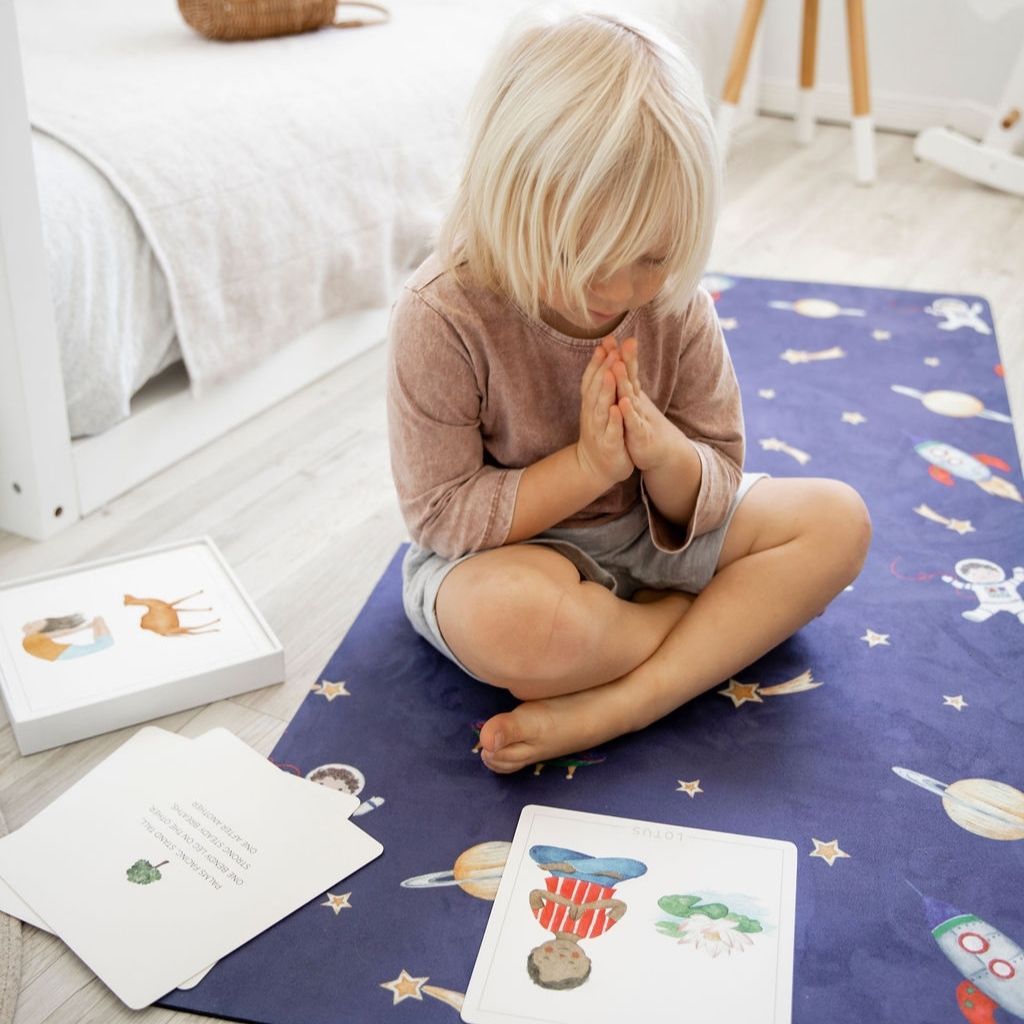In the dynamic landscape of child development, being open to neurodiversity is crucial. Children with conditions like ADHD as well as autism require an environment that nurtures their unique talents and makes to flourish. This is where the synergy of ADHD support, autism sensory play, sensory integration toys, and mindful toys for kids comes into play. Integrating these elements into everyday routines can help caregivers and teachers create experiences that encourage whole-person development.

ADHD Help for children with ADHD Concentrating on Confidence
Children suffering from ADHD frequently face difficulties maintaining focus and managing the impulses. In order to provide the best support possible, utilize strategies to stimulate the child’s mind while respecting his or her uniqueness. Mindful toys for kids created to foster peace and mindfulness, can help in this process. They’re tactile and aid in calming restlessness, while teaching children how they can redirect their focus. Implementing mindfulness-based practices into their the playtime does more than aid in managing ADHD symptoms, but also provides children with essential life skills to manage their emotional state and stress management.
Autism Sensory Play: Nurturing Expression and Exploration
Sensory activities can be enriching as well as difficult for children with autism. Autism sensory play is about creating an enjoyable environment for the senses to help develop crucial abilities. Sensory integration toys play an important role in this. These toys are designed for multiple senses to be engaged simultaneously. They facilitate exploration through sensory in addition to cognitive growth and coordination. Through the use of their tactile auditory, visual, and other senses, children can to better express their feelings and better understand their surroundings. By encouraging autism sensory play with children, caregivers can empower them to speak out, develop confidence in themselves and connect with the world around them.
Sensory Integration Toys : Building Bridges to Child Development
Sensory integration tools act as a bridge for connecting children with the world. They come in many different sizes, shapes and textures to address a variety of motor skills as well as senses. They allow children to explore and adapt to sensory inputs, thereby aiding in the development of sensory processing skills. The three main benefits of sensory toys include:
1. Improved Sensory perception: A Sensory integration toy exposes youngsters to different sensory, auditory, as well as visual stimuli. The exposure stimulates their brains to process sensory information more effectively as well as improving their ability respond to stimuli in everyday situations.
2. To control a wide range of sensory toys, you need to be able to use fine motor skills as well as hand-eye coordination. Involving in these toys helps children develop their motor skills and dexterity, leading to better physical control and confidence in their actions.
3. Cognitive Development: The multisensory nature of these toys stimulates different areas of the brain at once. The stimulation helps in cognitive growth, by encouraging the development of connections between neuronal pathways. It also enhances problem-solving ability and creative thinking.
Kids’ toys that are mind-focused: cultivating calmness and concentration
The popularity of mindfulness has increased due to its positive effect on mental well-being. The mindful toys of children include mindfulness components into their game to help them remain present and focused. They usually involve tasks which require lots of attention to detail. Examples include coloring, puzzles, or guided relaxation. Through these games, children learn how to focus their focus and energy to the task. This can help their schooling and social skills.
In the exploration of ADHD help and autism sensory play, in addition to mindfulness and sensory integration toys it is important to highlight the general approach that stems from the intersection. They don’t work in isolation, but they create a unified approach for nurturing the diverse requirements of children with neurodiverse needs. Integrating mindfulness and sensory play routines into the daily routines of children allows caregivers to create a environment that can meet cognitive, sensory and emotional requirements at the same time.
To conclude, the journey for children to be supported by ADHD or autism involves embracing their strengths as well as challenges. By integrating sensory play the use of sensory-integration equipment, as well mindfulness practices, educators and parents can create an environment that fosters development at multiple levels. Whether it’s enhancing self-expression, improving the ability to process sensory information, or increasing awareness, each element is crucial to a holistic approach to fostering the growth of children. We can unlock the potential in these strategies and create a more positive, inclusive future for children of all neurodiversities.
